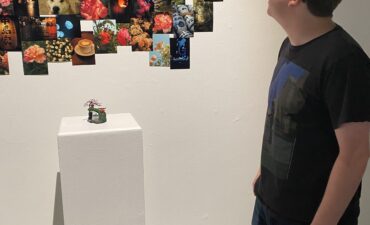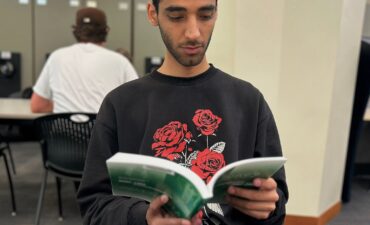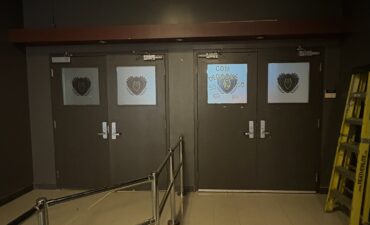
Marked recapture reveals previously unknown fishing data in Saskatchewan
Dr. Christopher Somers is a professor of Biology at the University of Regina and has been heading the marked recapture program for eight years now and has been making great advancements in understanding the fish populations across the province.
“One of my favourite parts of this program is that it is a citizen science collection mechanism, ” said Somers. “We collaborate with lots of different competitive fishing tournaments around the province. We get access to their fish, we take a bunch of measurements, we do some health assessments on them and then we place a T-bar tag, which has a unique ID code that gives every fish a fingerprint.”
The tags actually have Somers’ personal email address, and he encourages anglers to contact him with information about the fish. Three anglers at a tournament where Somers was tagging last summer stated that they didn’t even notice he was there, and that it may be a testament to the simple and discreet nature of the tags.
The research is currently funded by the University of Regina, the Saskatchewan Ministry of Environment’s Fish & Wildlife Development Fund, and the Canada Foundation for Innovation. According to Somers, the Saskatchewan Wildlife Federation, Regina Fish & Game League, and Saskatchewan Walleye Trail have been key sponsors as well.
“I started large scale fish tagging in 2017 and we’ve tagged just under 21,000 fish in that time period,” said Somers. “We do this on a range of different critters but by far the most common one is fish. We mark six different species of fish routinely, but I also use this approach in other research on snakes, on small mammals, on birds; It’s a pretty common approach in animal biology.”
Somers’ study is entirely based on response from anglers, which means that the fishers’ interest and curiosity allow them to play a direct role in observing biological changes in the fish. With the responses, they get insights into fish growth, age, health and angling practices.
“One of the things that we see that I think is super cool and interesting is that fish move way more than we would have guessed,” said Somers. “One of my favourite examples is Diefenbaker, which is part of the South Saskatchewan River. We tag fish in Palliser Regional Park, which is near Riverhurst. And some of those fish have been recaptured way upriver by the Alberta border, which is over 120 kilometres of river.”
Somers stated that the study has had a 14 per cent tag return success, which he explains is quite high for this type of study. Certain water bodies can give lower returns, but overall, Somers expressed enthusiasm for over 3,000 tags returned in an eight-year period.
“Give props to anglers in Saskatchewan,” said Somers. “I have a really good feeling that anglers here care a lot about fisheries and that they are always paying attention to what’s happening in the scientific world, and I think that’s great. I just want to encourage anglers to keep that up.”
















